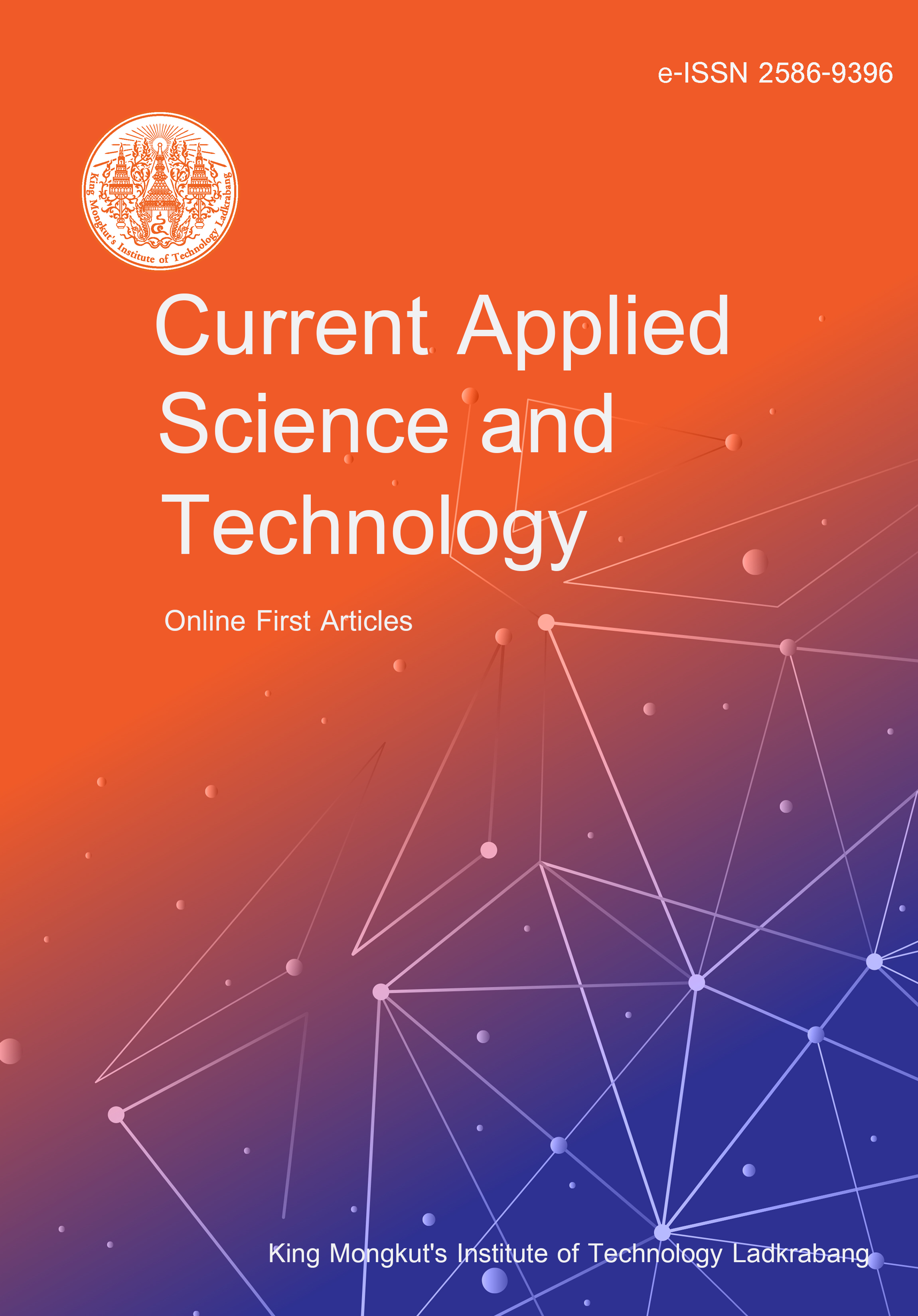Bamboo shoots are highly valued as a nutritious food source. However, their physical and nutritional properties vary depending on the species. Additionally, it is essential to process bamboo shoots before consumption to reduce their cyanide content, ensuring they are safe for consumption. Therefore, this research aimed to study the physical properties, antioxidant activity, and purine content in four bamboo shoot species: Thyrsostachys siamensis, Gigantochloa albociliata, Bambusa burmanica, and Bambusa multiplex. The effects of boiling at 100°C for 25 min on these properties were also investigated. The results showed that all fresh bamboo shoots had high moisture content (91.16%-92.73%) (p>0.05). Significant color differences were observed (p≤0.05), with B. multiplex having the highest L*, whereas B. burmanica and B. multiplex had lower b* values than the others. In terms of texture, the shoots of G. albociliata had the lowest hardness (p≤0.05), while the others showed no significant differences (p>0.05). The antioxidant results showed that T. siamensis exhibited the highest antioxidant activity by the DPPH method, whereas B. multiplex had the highest phenolic content (143.20 mg GAE/100g wb) and antioxidant activity by the ABTS method (14.77 mg TE/g wb). Regarding purine content, all bamboo shoots contained more adenine and guanine than hypoxanthine and xanthine. The shoots of B. burmanica and B. multiplex had total purine contents of 61.12 mg/100g wb and 66.26 mg/100g wb, respectively, classifying them as low-purine foods. The shoots of T. siamensis and G. albociliata had higher purine contents (107.19 mg/100g wb and 101.55 mg/100g wb, respectively), classifying them as moderate-purine foods. This research demonstrated that the physical properties, antioxidant activity, and purine content of bamboo shoots varied depending on the species. Although boiling reduced antioxidant levels, it also provided the benefit of significantly lowering purine content in all bamboo shoot species. For individuals concerned about purine intake, B. burmanica and B. multiplex were recommended, as they fell into the food category of "very low purine content" after boiling. Furthermore, B. multiplex not only had low purine levels but also demonstrated high phenolic content and strong antioxidant activity, as determined by the ABTS method.
Techamahasaranont, J. ., Ponpang-nga, P. ., & Sirijariyawat, A. . (2025). Physical and Antioxidant Properties of Bamboo Shoot: Impact of Boiling on Purine Content and Antioxidant Activity. CURRENT APPLIED SCIENCE AND TECHNOLOGY, e0264212. https://doi.org/10.55003/cast.2025.264212

